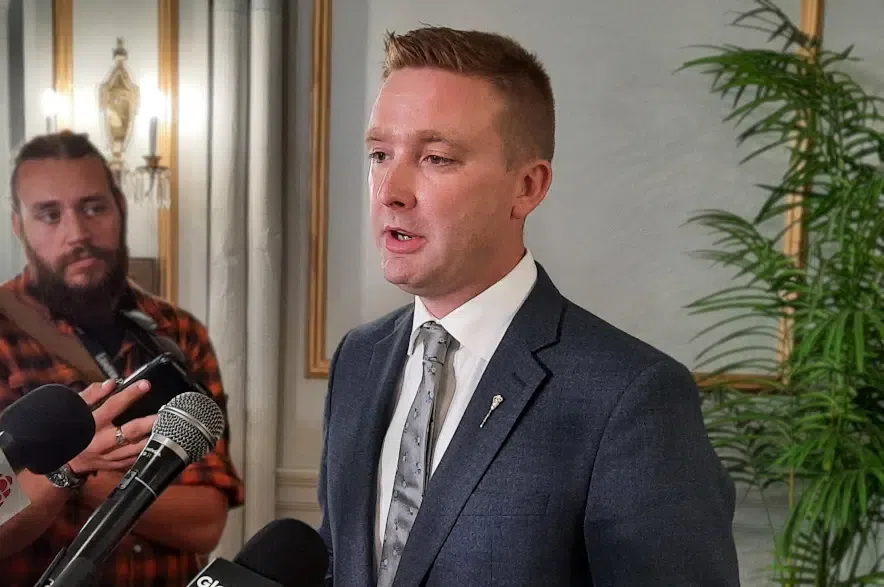There is still some uncertainty about whether a new teacher contract will be in place ahead of the next school year.
Following the decision by the Saskatchewan Teachers’ Federation to proceed with binding arbitration last week, Education Minister Jeremy Cockrill said he’s happy a path forward had been reached in the months-long contract dispute.
While there are still some steps to work out and no timeline for when the new contract will be in place, the minister said he’s glad to see an end to the federation’s sanctions.
“I know we are close to the end of the school year here,” Cockrill said, “but we have some important events coming up in the form of graduations and year-end fun days and track events.”
But despite the dispute heading to a resolution, the education minister said he couldn’t guarantee a new contract will be in place ahead of the next school year.
During an appearance on The Evan Bray Show on Monday, Cockrill said restoring some stability to education is something the government has wanted for several months.
“This hasn’t been an easy year for students, families, and teachers. We have seen interruptions throughout the year with various job actions,” he said.
Listen to Jeremy Cockrill’s full interview with Evan Bray Show guest host Tamara Cherry:
“It hasn’t been an easy ride. Getting both sides to the bargaining table took several months. Hoopla was affected, band trips were affected… It hasn’t been a fun year for a lot of people.”
Now, the government and the federation will have to agree on an arbitrator, a process which could take several months.
“A lot of it will depend on the agreement between the two parties on various things like who is on the binding arbitration panel and who is chair,” said Cockrill.
Cockrill said the two points going to binding arbitration are teacher salaries and classroom complexity. That includes an “accountability framework” which he said gives teachers a voice on how divisions allocate funding for in-class support.
“It’s an opportunity for teachers to provide direct feedback to the decision-makers in their school divisions on how resources are allocated in those school divisions and how those resources are allocated in different school communities, to address the needs that we’re seeing in our classrooms,” Cockrill said.







